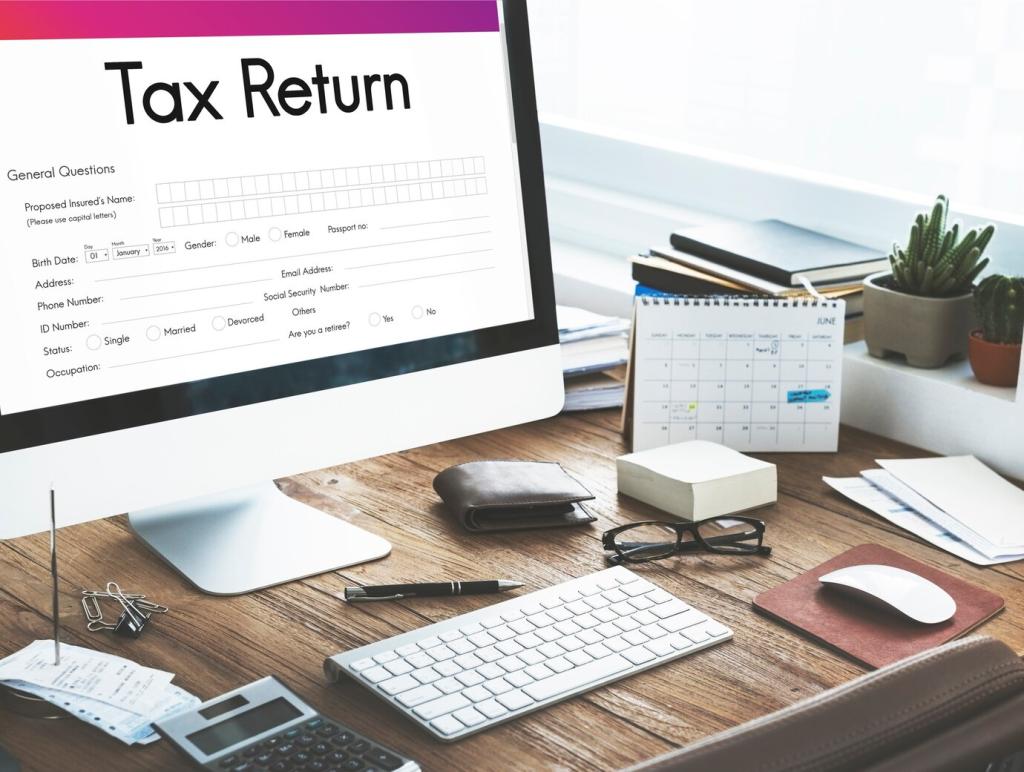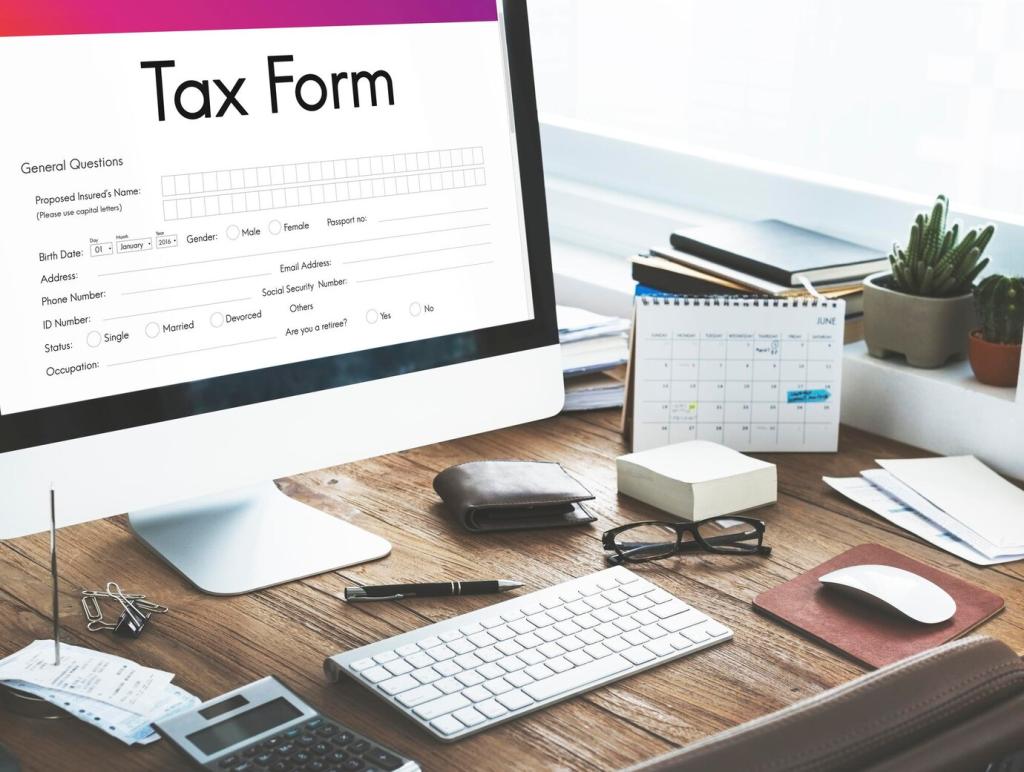Registering with HMRC Without Drama
Gather legal name, addresses, bank details, incorporation or identity documents, expected turnover, and a clear description of your activities. Decide your start date carefully, because sales from that date become within scope. Comment with your industry, and we’ll reply with a tailored pre‑registration document list.
Registering with HMRC Without Drama
Apply online with HMRC, respond to any follow‑up questions promptly, and watch for your VAT registration certificate. Timeframes vary—often days, sometimes a couple of weeks. Keep selling if permitted, but price carefully and issue proper VAT invoices once your number is confirmed. Subscribe for our walkthrough video.





